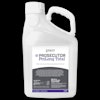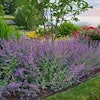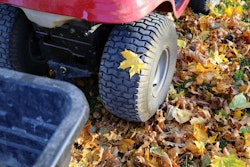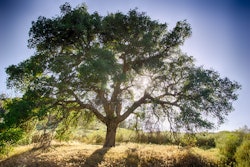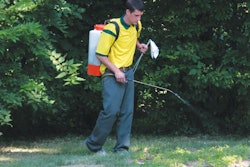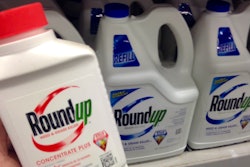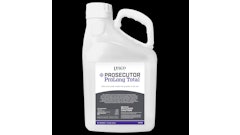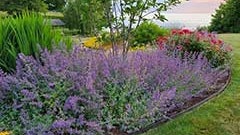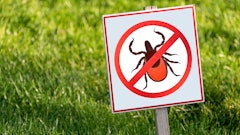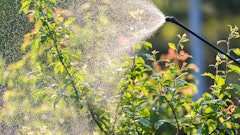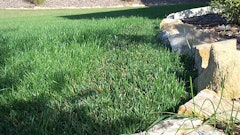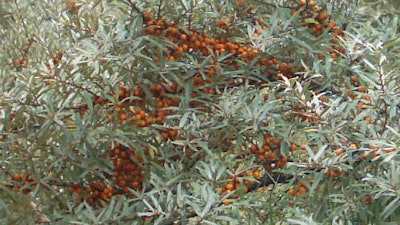
Winter is the time to get outside, not just for the activities we often partake in like snowshoeing, sledding and snowman building. Winter is also a good time to control invasive plants.
When it comes to killing woody invasive plants, winter is a reasonable time to treat. This may surprise you. While herbicide labels generally suggest that the herbicide should be used when the target weed is actively growing, this is not necessarily true for all species of plants, particularly for woody shrubs.
Cut stump and basal bark treatments are two techniques that often work great in winter, particularly on plants that have an above-ground stem with live inner tissue. Weed trees and bushes all have live inner bark—the cambium layer. Winter treatment could be a viable alternative for controlling invasive woody species including oriental bittersweet, buckthorn, bush honeysuckle and privet.
There are numerous advantages to performing invasive species control work in the winter. Seeing and getting around is easier in winter in areas that are dense with understory growth during the growing season. The frozen soil means less harm from machinery, such as compaction of soil and rutting in wet areas. Though fall treatments are preferred, since this is when the plants are actively transporting their reserves, and hence the herbicide, to their roots, winter treatments may be an option for those that have more free time in the winter for such work. Treating plants with the use of herbicide in winter, as opposed to summer, lowers your chance of negatively affecting non-target species, since most plants are dormant this time of year.
To read the full original article, please click here.
